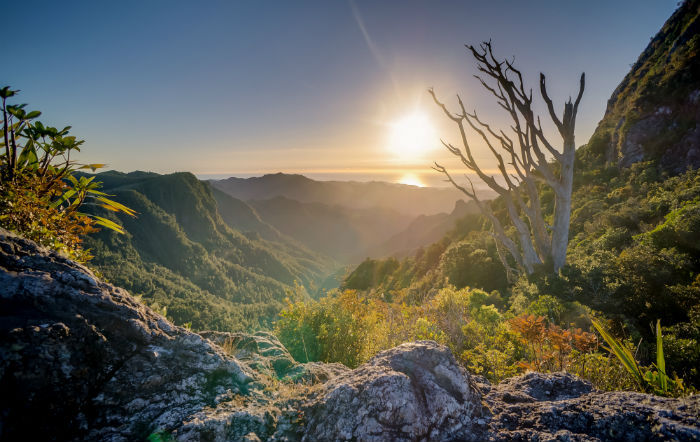
In the recently released Project Sunshine Final Report, second-generation Shambhala student Andrea M. Winn, MEd, MCS shares the results of her one year exploration into sexualized violence within her Buddhist community. She also offers recommendations for organizational change, and suggests ways individual and collective healing can occur.
She describes the vision of Project Sunshine in this way:
This one-year vision was to gather a powerful group of concerned citizens to protect the integrity of the Shambhala lineage. We will do this through influencing the Shambhala community to acknowledge and repair past abuse of women and children in the community, and integrate new values that honour tenderness, vulnerability and other strengths typically associated with the feminine.
On the prevalence of sexual harm in the Shambhala community, Winn says:
I have been part of many conversations over the past year with women who have been abused in the Shambhala community. The stories of abuse are nothing short of horrific. Quite simply, the violence that has happened and the lack of response from the Shambhala organization has resulted in a profound corruption in the heart of our community over the lifespan of this community – since the early 1970’s.


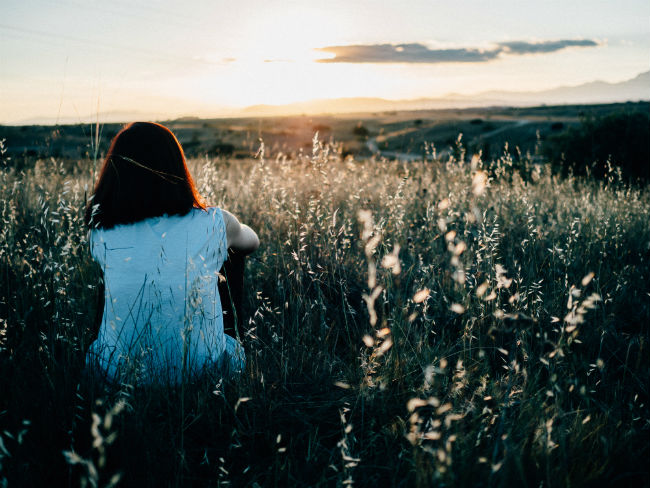
 When a spiritual teacher uses extreme teaching methods like hitting, slapping, and beating or seduces a student using coercion, trauma can occur.
When a spiritual teacher uses extreme teaching methods like hitting, slapping, and beating or seduces a student using coercion, trauma can occur.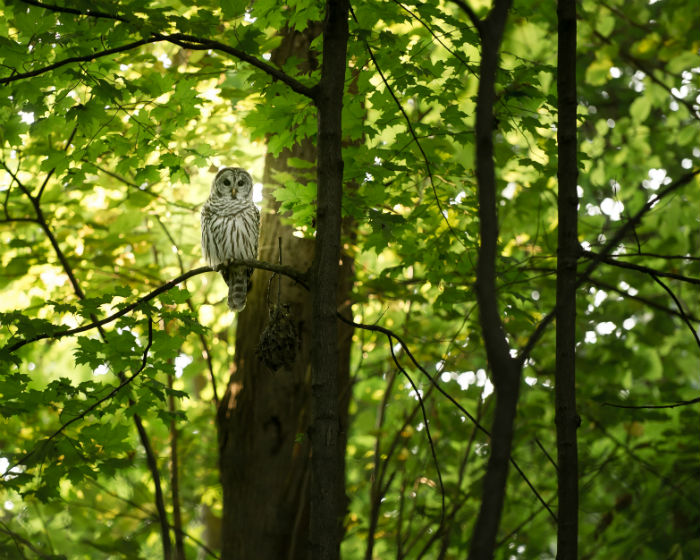 Recently published, The Life and Times of Jamyang Khyentse Chökyi Lodrö recounts many dreams and visions of this exceptional 19th-20th century Tibetan Buddhist master, including this one concerning Sogyal Lakar (Sogyal Rinpoche), who he watched over as a child.
Recently published, The Life and Times of Jamyang Khyentse Chökyi Lodrö recounts many dreams and visions of this exceptional 19th-20th century Tibetan Buddhist master, including this one concerning Sogyal Lakar (Sogyal Rinpoche), who he watched over as a child.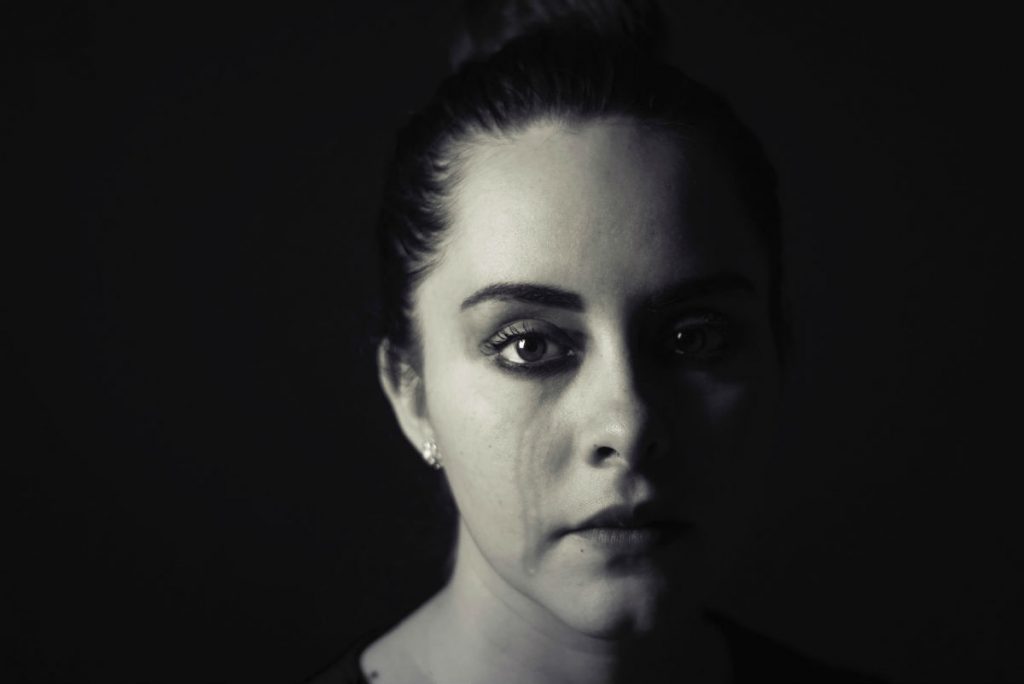 Public allegations of physical and sexual abuse by Sogyal Rinpoche have been made regularly over the course of his 40-year teaching career.
Public allegations of physical and sexual abuse by Sogyal Rinpoche have been made regularly over the course of his 40-year teaching career.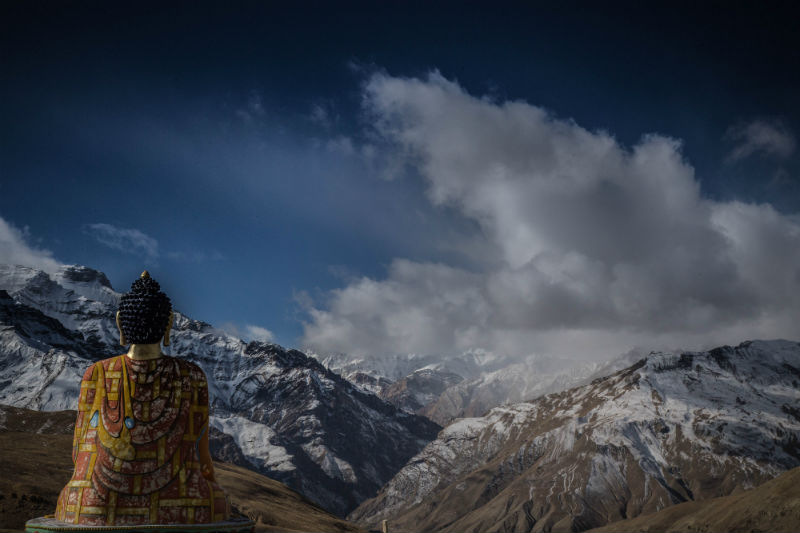 A crisis, like the allegations of abuse in Rigpa, can unleash a torrent of afflictive emotions: blame, judgment, anger, despair, fear — to name just a few. People take sides and attack the other side. People get stuck in their positions and lose the ability to hear one another.
A crisis, like the allegations of abuse in Rigpa, can unleash a torrent of afflictive emotions: blame, judgment, anger, despair, fear — to name just a few. People take sides and attack the other side. People get stuck in their positions and lose the ability to hear one another.